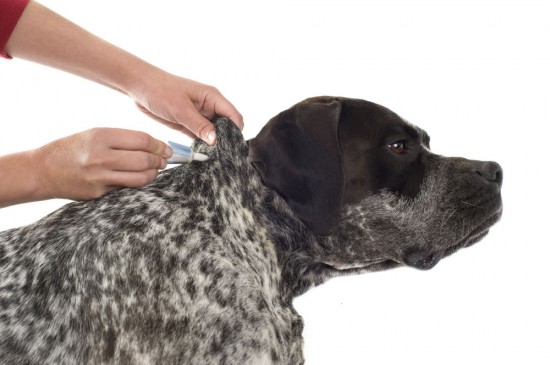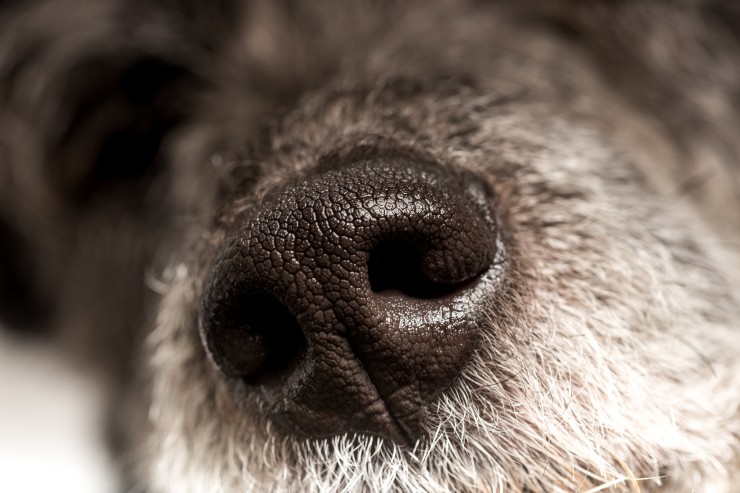
Diabetes in dogs is increasing in number. Some authorities feel that it may be due to the increasing instance of dog obesity. Keeping your dog at a good weight can avoid many illnesses including diabetes.
The difficulty with diagnosing diabetes in dogs is that the symptoms can be very subtle and seemingly unrelated to diabetes. Often owners do not notice many of the symptoms until there is an emergency.
Some of the symptoms of diabetes are:
?Cataracts
?Fatigue and lack of interest in play and exercise
?Increased thirst and increased urination
?Lack of activity can increase weight gain
?Weight loss can be very noticeable. It can be sudden or gradual
Any combination of these symptoms may indicate diabetes.
There are several factors that contribute to the develop diabetes. Senior dogs are more likely to develop diabetes. Dogs over ten years of age are more likely to become diabetic. If your senior is overweight, it increases the chances of diabetes.
Un-spayed females are more likely to some degree of developing diabetes. Dogs that are under fifty pounds get it more frequently than heavier dogs. While this may sound contradictory to the obesity facts, it refers to dogs that are naturally under fifty pounds. It does not mean that your Great Dane should be under fifty pounds.
Diabetes cannot be cured. It can be controlled with insulin and intense attention being paid to the dogs diet and activity.
After your dog consumes a meal, the food is broken down into glucose and nutrients. These are absorbed by the blood. As the glucose circulates through the blood stream the pancreas begins to increase its insulin production. In a dog, this does not happen. The increased levels can cause many issues with your dogs health.
Insulin injections will supplement the bodies production and assist in digestion and maintaining healthy levels of glucose. With the large variety of insulins available, you may have one that only has to be injected once each day or one that needs to be done more frequently. Your veterinarian will make that decision.
Once your dog has been diagnosed, maintaining a schedule is very important. Your dog should be fed the same time each day. Exercise should also be done on a time schedule. Diabetic dogs need a healthy diet that contains a lot of good protein, vitamins and minerals. The amount of food is also carefully controlled. Any variation from this can cause an emergency situation for your pet.
There is no cure for diabetes. It can be controlled. Diabetes cannot be prevented. There are some researchers that feel it may be genetic or particular to some breeds. Dog weight management that can be achieved by feeding your dog a healthy diet is key. Combined with a routine exercise program are you best methods of preventing or delaying the progression of the disease.
It is vitally important to observe your dog for significant changes in habits, appetite or energy. If you notice any changes, contact your veterinarian.
 Can You Keep A Capybara As A Pet?
Can You Keep A Ca
Can You Keep A Capybara As A Pet?
Can You Keep A Ca
 How To Deal With Stubborn Or Recurring Flea Infestations
How To Deal With
How To Deal With Stubborn Or Recurring Flea Infestations
How To Deal With
 Health Issues More Commonly Seen In The Beauceron
Health Issues Mor
Health Issues More Commonly Seen In The Beauceron
Health Issues Mor
 Importance of Giving Your Dog the Best Food and Caring
Importance of Giving Your Dog the Best Food and Caring
Importance of Giving Your Dog the Best Food and Caring
Importance of Giving Your Dog the Best Food and Caring
 Smells That Dogs Really Don’t Like
Smells That Dogs
Smells That Dogs Really Don’t Like
Smells That Dogs
Copyright © 2005-2016 Pet Information All Rights Reserved
Contact us: www162date@outlook.com